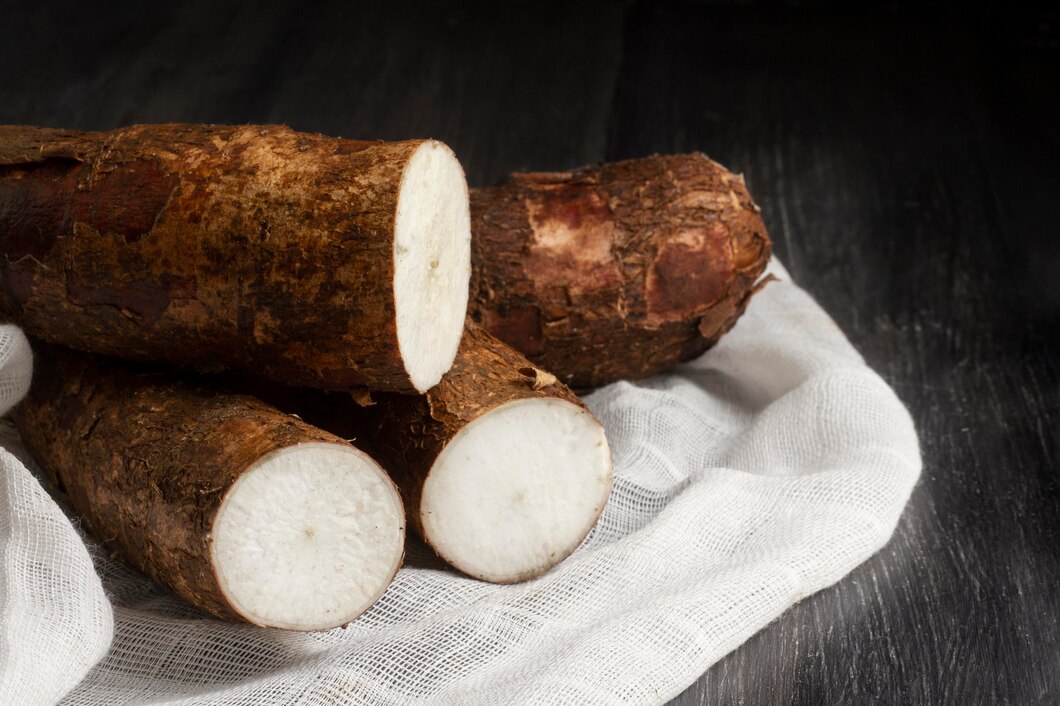While many foods are nutritious and delicious, some can be potentially harmful if not prepared correctly. Understanding how to handle these foods safely can prevent foodborne illnesses and ensure that your meals are both tasty and safe to eat. Here are ten foods that can be poisonous and tips on how to prepare them safely.
1. Fugu (Pufferfish)
Risks:
Pufferfish contains tetrodotoxin, a potent neurotoxin that can be deadly if ingested in high quantities.
Safe Preparation:
- Only specially trained and licensed chefs should prepare fugu. They are trained to remove the toxic parts, including the liver, ovaries, and skin, safely.
2. Ackee
Risks:
Ackee, Jamaica’s national fruit, contains hypoglycin A, a toxin that can cause severe vomiting and hypoglycemia if consumed before it is fully ripe.
Safe Preparation:
- Ensure the fruit is fully ripe, with the pod open naturally before harvesting.
- Remove all seeds and the red arils, which contain the highest toxin levels, and cook the edible portion thoroughly.
3. Cassava
Risks:
Cassava contains cyanogenic glycosides, which can produce cyanide, a deadly poison if not processed correctly.
Safe Preparation:
- Peel the cassava roots and soak them in water for several hours.
- Cook thoroughly, as heat destroys the cyanide-producing compounds.
4. Kidney Beans
Risks:
Raw kidney beans contain phytohemagglutinin, a toxin that can cause severe gastrointestinal distress.
Safe Preparation:
- Soak beans in water for at least five hours.
- Boil for at least 10 minutes to deactivate the toxin before consuming.
5. Rhubarb Leaves
Risks:
Rhubarb leaves contain oxalic acid, which can cause kidney failure and other severe symptoms if ingested.
Safe Preparation:
- Only use the stalks, discarding the leaves entirely.
- Cook or bake the stalks as you would with any other vegetable.
6. Elderberries
Risks:
Unripe elderberries, as well as their seeds and leaves, contain cyanogenic glycosides, which can lead to nausea and vomiting.
Safe Preparation:
- Only use ripe berries.
- Cook thoroughly to neutralize the toxins.
7. Lima Beans
Risks:
Raw lima beans contain linamarin, which can turn into cyanide when consumed.
Safe Preparation:
- Cook thoroughly, as heat breaks down the toxins.
- Avoid consuming raw or undercooked beans.
8. Bitter Almonds
Risks:
Bitter almonds contain amygdalin, which converts to cyanide in the body.
Safe Preparation:
- Only consume processed or commercially prepared bitter almonds, which have the toxins removed.
- Avoid raw bitter almonds entirely.
9. Sannakji (Live Octopus)
Risks:
Eating live octopus can lead to choking hazards due to the suction cups on the tentacles, which can stick to the throat.
Safe Preparation:
- Cut the tentacles into small, manageable pieces before serving.
- Chew thoroughly before swallowing to avoid choking.
10. Potatoes
Risks:
Potatoes can develop solanine, a toxic compound, especially in green potatoes or sprouted eyes, which can cause nausea and neurological problems.
Safe Preparation:
- Avoid consuming green or sprouted potatoes.
- Peel the potatoes and remove any green areas or sprouts before cooking.
General Safety Tips
- Proper Storage: Store potentially hazardous foods correctly to prevent the growth of harmful compounds.
- Cooking Techniques: Use heat to neutralize toxins and thoroughly cook foods that contain harmful compounds.
- Avoid Cross-Contamination: Use separate utensils and surfaces for raw and cooked foods to prevent cross-contamination.
- Educate Yourself: Learn about the specific risks associated with different foods and how to mitigate them effectively.
By understanding the risks and applying safe preparation techniques, you can enjoy these foods without compromising your health. Always be cautious and when in doubt, consult a food safety expert or guidelines to ensure you’re handling potentially poisonous foods correctly.








